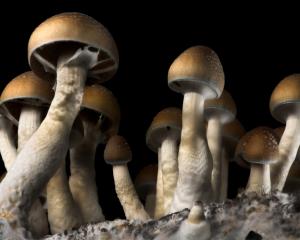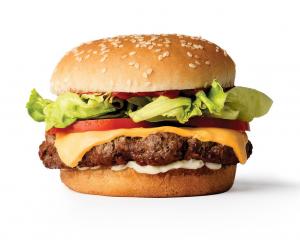
Interestingly, my husband and I experienced a situation where we couldn’t think outside of our existing paradigm and it’s made me wonder about what we miss when we limit ourselves unknowingly.
One of our sons starts a bachelor of product design at the Otago Polytechnic next year — the world of any sort of design is outside of our rather narrow science sphere. After going to a student art exhibition in an attempt to understand this brave new world, my husband came home and said, why would you study art — what’s it useful for?
The very next day, I had a light-bulb moment after reading about a US company, Mycoworks, which is making leather products out of fungal mycelium.
That’s cool I thought, I studied mycology as part of my botany degree, so I stretched to the far reaches of my brain to remember my fungal biology. Of course, when I studied mycology, I thought in terms of different fungal species, vegetative growth and reproduction.
I didn’t think to myself what could I use the mycelium for? My paradigm was one of knowledge and discovery, not creativity or exploration for the sake of it. It took an artist to go down that path.
The co-founder of Mycoworks, Phil Ross, is an artist and a pioneer in cultivating living materials for art and design. He began using mycelium in the 1990s as a medium for sculpture. With two decades of mycelium understanding under his belt he teamed up with Sophia Wang — another artist (who spans the living systems of nature and the aesthetics of visual arts, dance and literature), to form Mycoworks — with a clear understanding of the role that art and storytelling would play in communicating mycelium’s potential to the world.
Next came science and business, how to grow, ferment and process the mycelium en masse. Science and business experts were brought into the team and they developed an advanced materials manufacturing platform "Fine MyceliumT."
Mycoworks launched its leather product "Reishi" at New York fashion week and has announced that it has raised $US45million ($NZ64.5million) to grow the business into luxury products, footwear and into the wider fashion industry. That’s starting to talk in a language I understand!
What a wonderful story of innovation, brought about by a combination of art, product design, science, engineering, entrepreneurship and business.
Some might say the only reason I appreciate this art was because it became scientific then commercial and they would be partly right, but I do like to think I would have admired a mycelium sculpture. An artist might view the commercialisation as a sellout and perhaps in a certain paradigm, that is true too. What stories like this show me, is that innovation often comes when we work across disciplines and learn about what others are doing.
To be genuinely innovative we need to open our minds to different ways of learning and thinking. Instead of asking "What’s the point?" maybe we can ask "What made you think this way?", "How did you start this thinking process?".
By asking open questions, we can find ways in which we can connect with people who are trained and think differently to ourselves. It is at these intersections of thinking and disciplines the magic begins.
■ Anna Campbell is managing director of AbacusBio Ltd, a Dunedin based agri-technology company.
Comments
Interesting thoughts on the purpose of Education. It's not vocational so much, as it is to develop critical thinking. Art was found in Consumer and Applied Science, and Science in Social Services. Connections are made, and the brain changes, neurologically.












